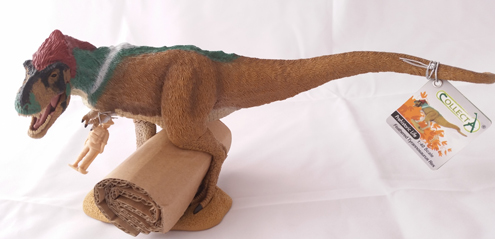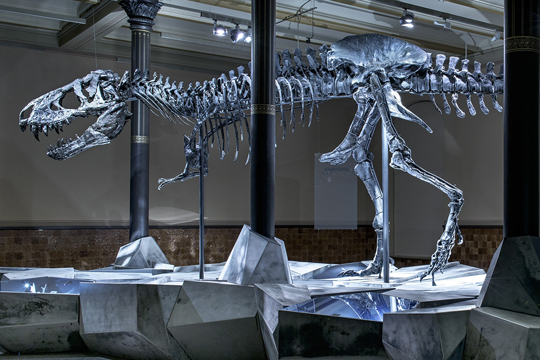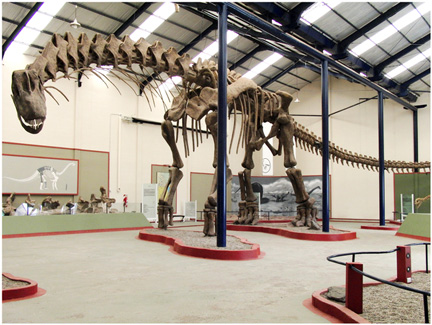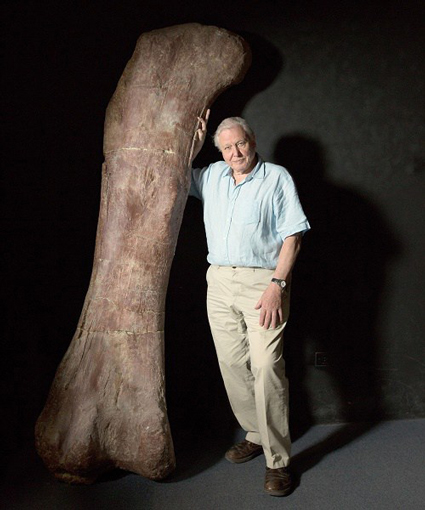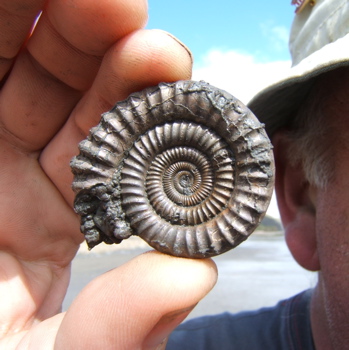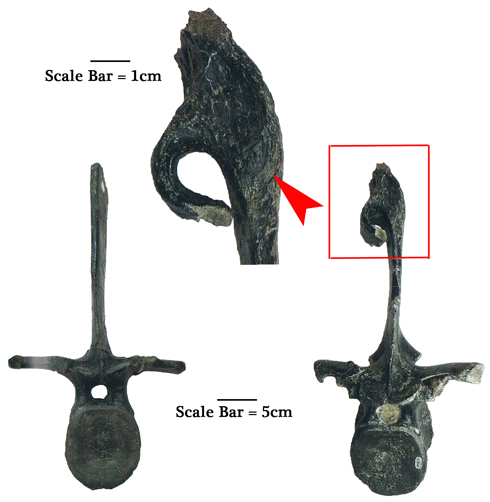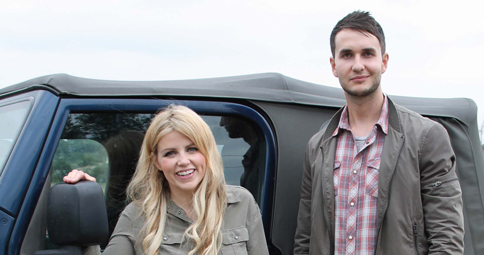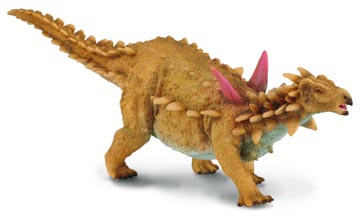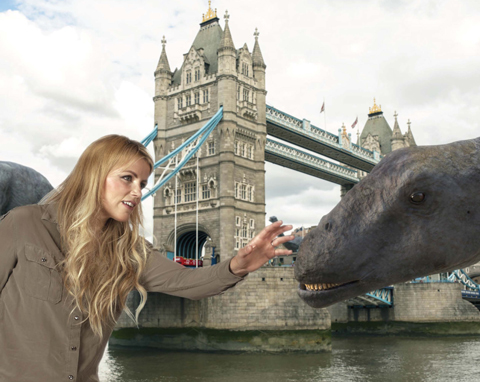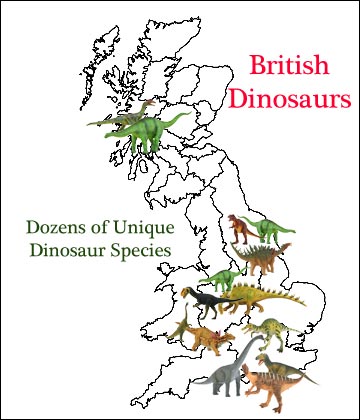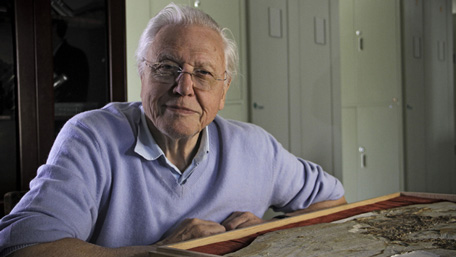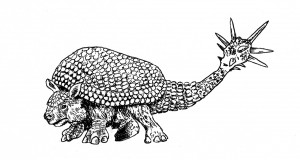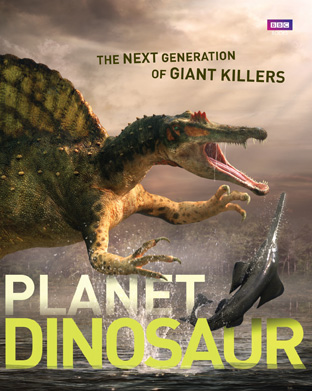Reviews, comments and feedback on television programmes featuring themes of interest to dinosaur fans and fossil collectors by Everything Dinosaur team members.
New T. rex Documentary Coming Soon to the BBC
“T. rex” Documentary with Chris Packham
Naturalist and broadcaster Chris Packham will be presenting a special one-hour documentary on the “King of the Tyrant Lizards”. Sources close to Everything Dinosaur expect this television programme to form part of the corporation’s Christmas 2017 schedule.
Chis Packham Brings Tyrannosaurus rex to Television
Picture credit: BBC
New Insight into the Life and Behaviour of an Apex Late Cretaceous Predator
Life-long dinosaur fan Chris Packham once told Everything Dinosaur team members that one of the first things he made at school was a plasticine model of T. rex. His model with its kangaroo stance and tail dragging on the floor was based on pictures of Tyrannosaurus rex he had encountered in books. In the fifty years or so, since Chris made that model, our understanding of this iconic Late Cretaceous predator has been transformed. This sixty-minute, one-off television programme, aims to bring viewers up to date and combines state-of-the-art computer animation and the very latest research into one of the largest land carnivores known to science.
Viewers Can Expect T. rex to be Depicted with a Shaggy Coat of Feathers
Picture credit: Everything Dinosaur
The model in the picture above is a CollectA feathered T. rex.
To view the CollectA range: CollectA Age of Dinosaurs Popular Prehistoric Life Range.
Embarking on a Journey
In the programme, Chris embarks on a journey to expose the myths and misconceptions surrounding T. rex. He aims to separate the science from the often inaccurate portrayal of this dinosaur as seen in many movies. Viewers can expect further information about the running speed of this 7-tonne monster, it is unlikely there will be any scenes with a tyrannosaur chasing down a jeep à la Jurassic Park. Taking inspiration from the “Tyrannosaur Chronicles – The Biology of the Tyrant Dinosaurs” by palaeontologist Dr David Hone (London University), the programme will explore the biology, diet, behaviour and anatomy of T. rex.
The Truth Behind an Iconic Theropod
Chris will meet numerous international experts and joins an excavation site in the Badlands of South Dakota to see how fossilised bones are excavated and prepared for study. One of the aims of the production team will be to produce the most accurate CGI model of a T. rex created to date, that’s a long way from the plasticine figure from Chris Packham’s childhood. Expect to see plenty of feathers in what is being hailed as a trailblazing documentary blending the latest research from palaeontologists, ideas from zoologists and ground-breaking computer technology.
To help put “flesh on the bones”, as it were, Chris will have access to Tristan (Tristan Otto), one of the most complete T. rex specimens ever found. Discovered in 2010 in the Hell Creek Formation (Montana), some 170 bones from a single individual have been collected. Tristan is housed in the vertebrate fossil collection of the Museum für Naturkunde (Berlin). It is the only actual fossil T. rex skeleton exhibit in Europe and a team of scientists are currently involved in an extensive research project to learn more about the life and times of this twelve-metre-long monster.
“Tristan Otto” on Display at the Museum für Naturkunde (Berlin, Germany)
Picture credit: Carola Radke (Museum für Naturkunde)
A T. rex Documentary
The documentary makers promise new information and insights into tyrannosaur brain function and more details on those deadly, bone crushing jaws.
Chris Packham commented:
“Big, fierce and extinct! It’s the most famous, most glamorous poster pin-up in the zoological world; it’s the greatest animal that ever lived. And yet perhaps the most misrepresented too. It’s time to put that right. T. rex has evolved more in my lifetime than the last 65 million years. It’s gone from a grey tail-dragging dullard to an intelligent, social super-predator. Using science, we will at last tell the truth about T. rex. Don’t bother to put the kettle on!”
Dinosaur fans in the UK can expect this documentary to light up their Christmas viewing, it will probably be available in other countries too, as broadcasting rights get sorted.
“T. rex” for BBC2 is a co-production between Talesmith and Cineflix. The Executive Producer is Martin Williams and the BBC Commissioning Editor is Diene Petterle.
In the meantime, visit the Everything Dinosaur website: Everything Dinosaur’s Website.



